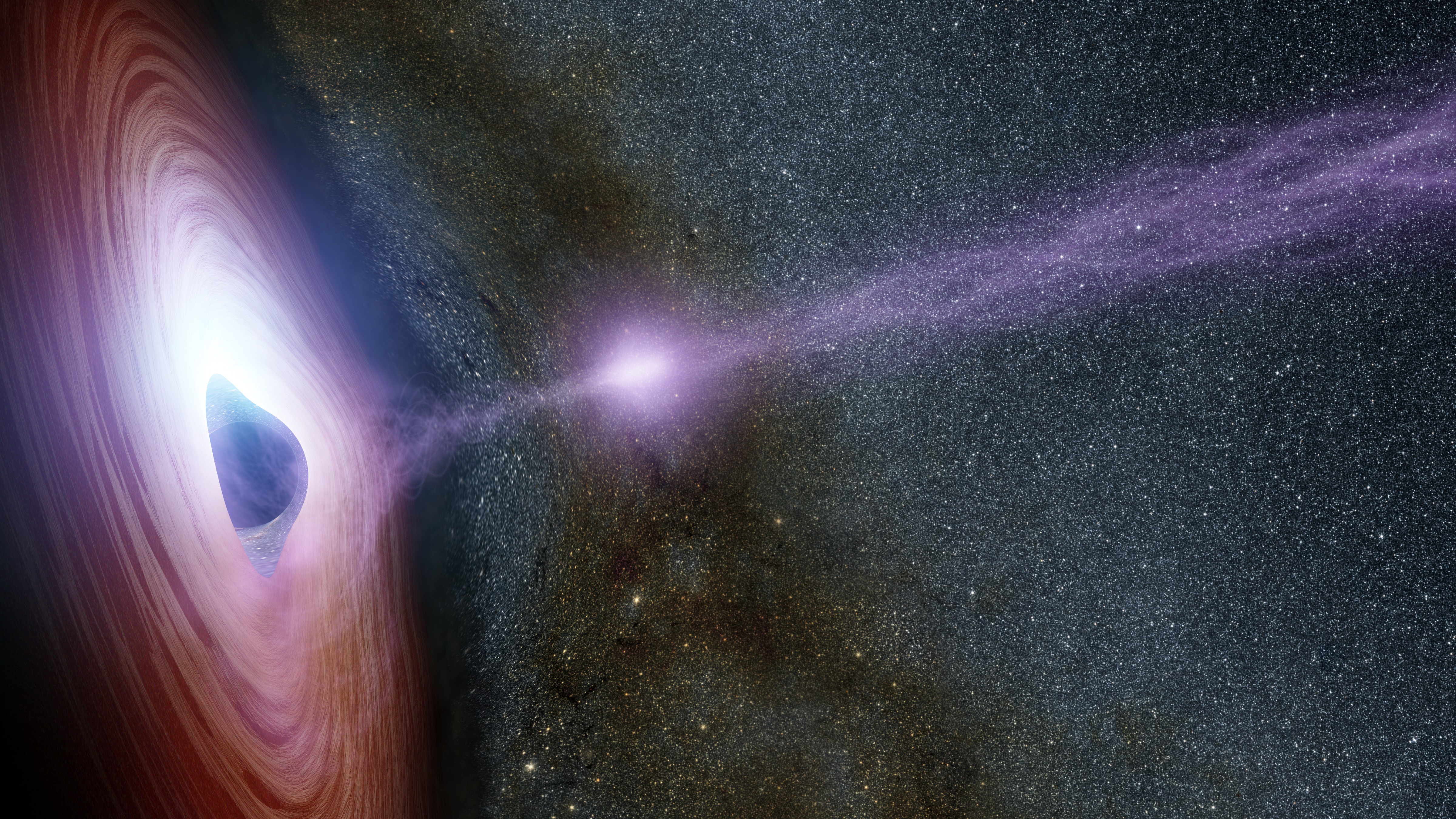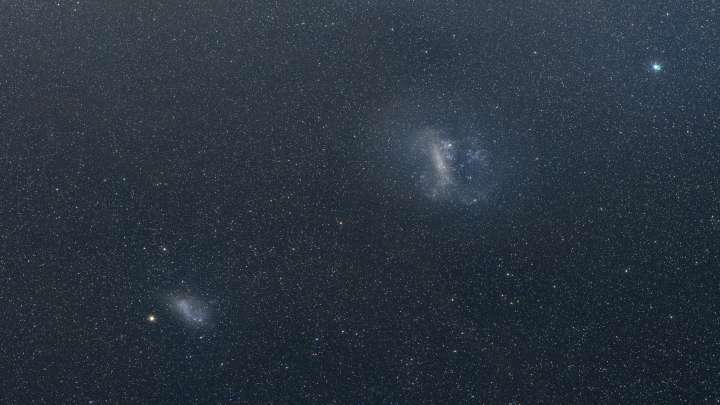
Transiting Exoplanet Survey Satellite – TESS – has snapped a stunning test photo showing an estimated 200,000 stars cantered on the southern constellation Centaurus.

Astronomers have observed a galaxy 13.3 billion light years away that includes stars that must have been shining just 250 million years after the Big Bang.

Citing data collected by NASA's Galileo probe more than two decades ago, scientists report that giant jets of water are spouting more than 100 miles off Jupiter moon Eupora's surface.

The Mars Helicopter, a small, autonomous rotorcraft, will travel with the agency’s Mars 2020 rover mission, scheduled to launch in July 2020, to demonstrate the viability and potential of heavier-than-air vehicles on Mars.

Australian astronomers have fond what may be the fastest-growing black hole in the known universe, an ancient 20-billion-solar mass beast consuming the mass of the Sun every two days.
SpaceX successfully launched its first "block 5" Falcon 9 rocket, carrying a satellite for Bangladesh. Then the rocket's first stage made a safe landing on an offshore droneship -- the 25th such recovery for SpaceX so far.

A team of researchers, using Europe’s Very Large Telescope in Chile, has found an exoplanet, WASP-96b, with a cloud-free atmosphere, allowing them to detect sodium in levels similar to abundances on Earth.

The Chandra Observatory has found direct evidence for up to 10 stellar-mass black holes and thousands more lurking within a few light years of Sagittarius A*, the supermassive black hole at the center of the Milky Way.

A new study presents the first physical evidence that the Venus’ and Jupiter’s gravity can cause shifts in Earth’s orbit—and swings in its climate—every 405,000 years.

One scientist and several nearby dairy farmers said that the sinkhole was the largest they had ever seen, and the earth at the bottom dates back to the paleolithic era dating 60,000 years ago.

Kilauea volcano on Hawaii’s Big Island has come alive with earthquakes and fresh lava flow.

NASA’s robotic lander InSight officially started its journey to Mars following a successful predawn launch aboard an Atlas V rocket Saturday morning. The launch took place at 4:05am local time from California.

WASP-107, the star around which WASP-107b orbits every six days, is so powerful that it is gradually dissolving the exoplanet’s atmosphere. As a result, WASP-107b leaves a comet-like trail of helium in its wake.

The theory, which was submitted for publication before Hawking's death earlier this year, is based on string theory and predicts the universe is finite and far simpler than many current theories about the big bang say.

Scientists have found what looks like an exceedingly small galaxy in orbit around our Milky Way. Named Hydrus 1, it’s located about 90,000 light-years from Earth, between the Small and Large Magellanic Clouds.